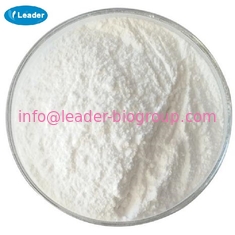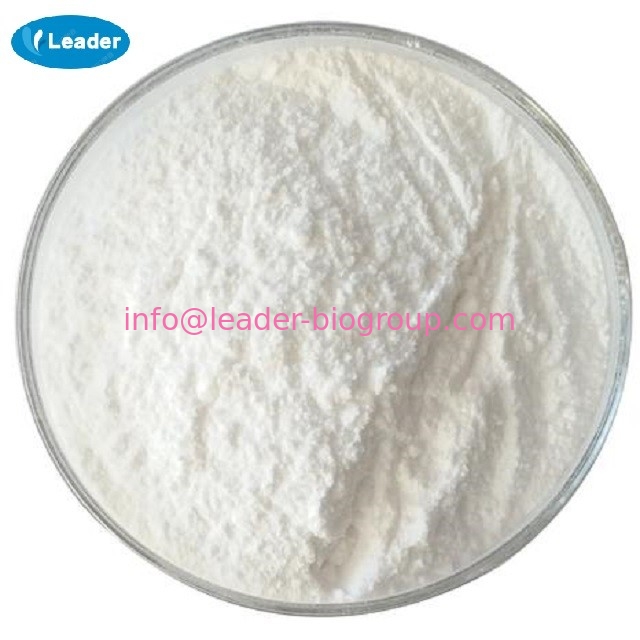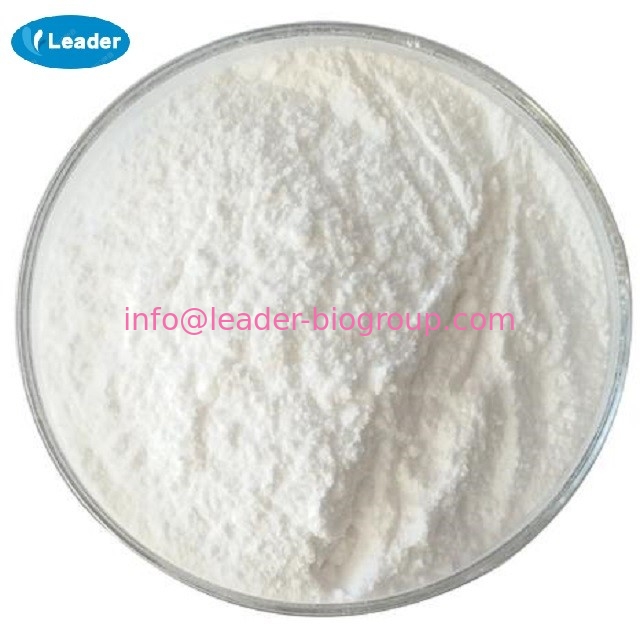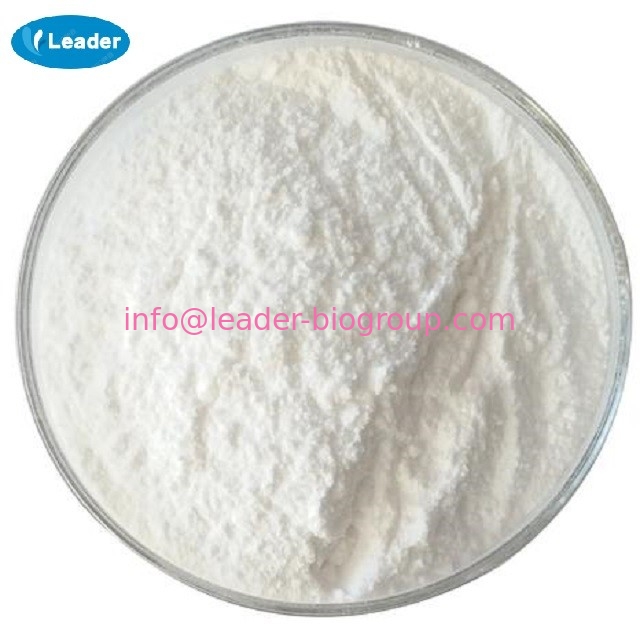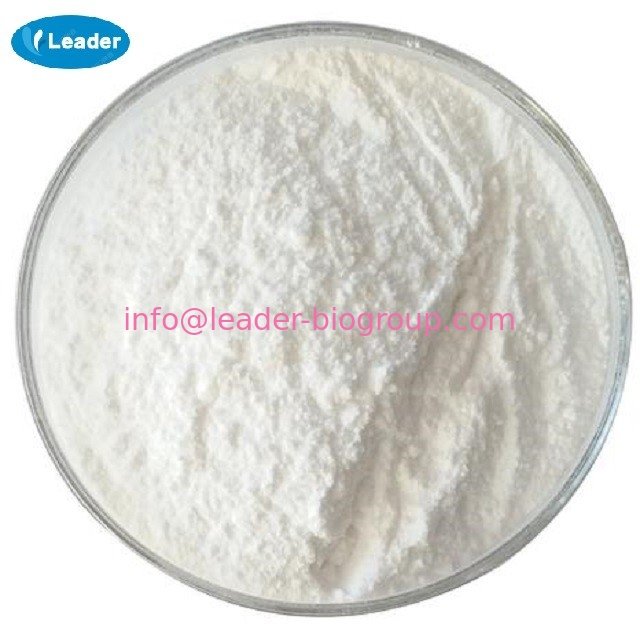| |
| Magnolol Chemical Properties |
| Melting point |
101.5-102° |
| Boiling point |
180°C/1mmHg(lit.) |
| density |
1.107±0.06 g/cm3(Predicted) |
| FEMA |
4559 | MAGNOLOL |
| storage temp. |
2-8°C |
| solubility |
ethanol: soluble1mg/mL |
| pka |
9.49±0.43(Predicted) |
| form |
neat |
| λmax |
292nm(EtOH)(lit.) |
| JECFA Number |
2023 |
| Merck |
14,5697 |
| CAS DataBase Reference |
528-43-8(CAS DataBase Reference) |
| Hazard Codes |
N |
| Risk Statements |
37/38-41-51/53 |
| Safety Statements |
26-39-61 |
| RIDADR |
UN 3077 |
| WGK Germany |
3 |
| RTECS |
DV5105500 |
| HS Code |
29072990 |
| Toxicity |
LD50 orl-mus: 2200 mg/kg BRXXAA #5135746 |
| |
| Magnolol Usage And Synthesis |
| Description |
Magnolol is an organic compound belonging to lignan. It is a kind of bioactive compounds identified from the bark of the Magnolia officinalis or M. grandiflora. It has been supplemented to Asian traditional medicine for the treatment of anxiety, sleep disorders, and allergic disease. It can act on the GABA receptor in vitro as a strong allosteric modulator. It also has antifungal effect, anti- periodontal activity as well as many osteoblast-stimulating and osteoclast-inhibiting activities. It has also found that magnolol can also activate the cannabinoid (CB) receptors. |
| References |
https://en.wikipedia.org/wiki/Magnolol
https://www.caymanchem.com/product/14233 |
| Chemical Properties |
White or off-white powder |
| Hazard |
Moderately toxic by ingestion. |
| Safety Profile |
Moderately toxic by ingestion.When heated to decomposition it emits acrid smoke andirritating vapors. |
| |
| Magnolol Preparation Products And Raw materials |
|
